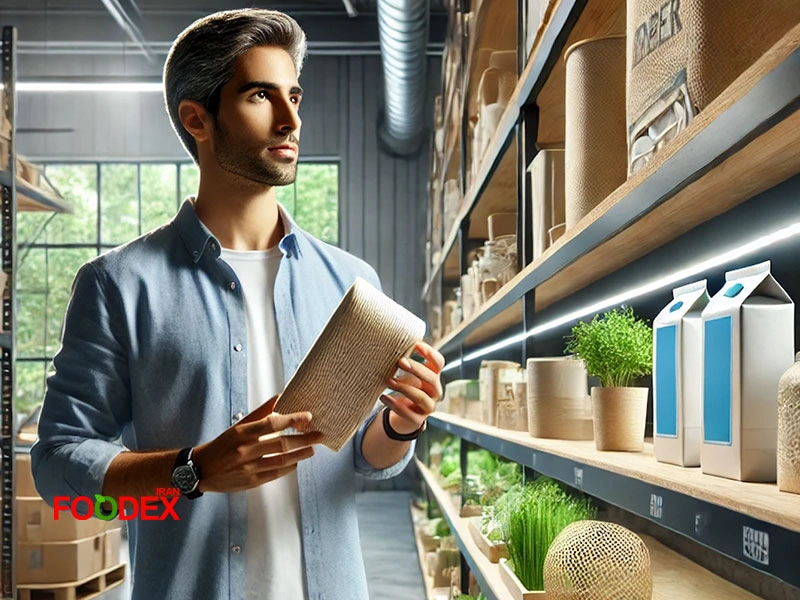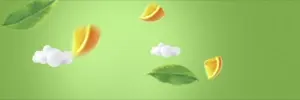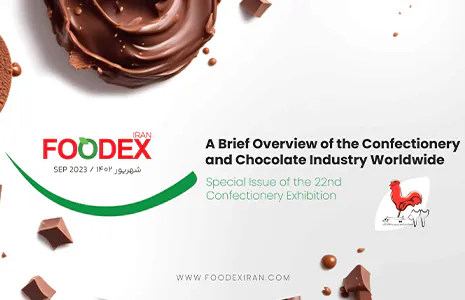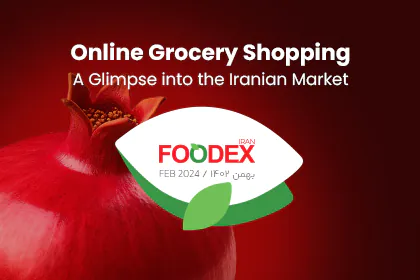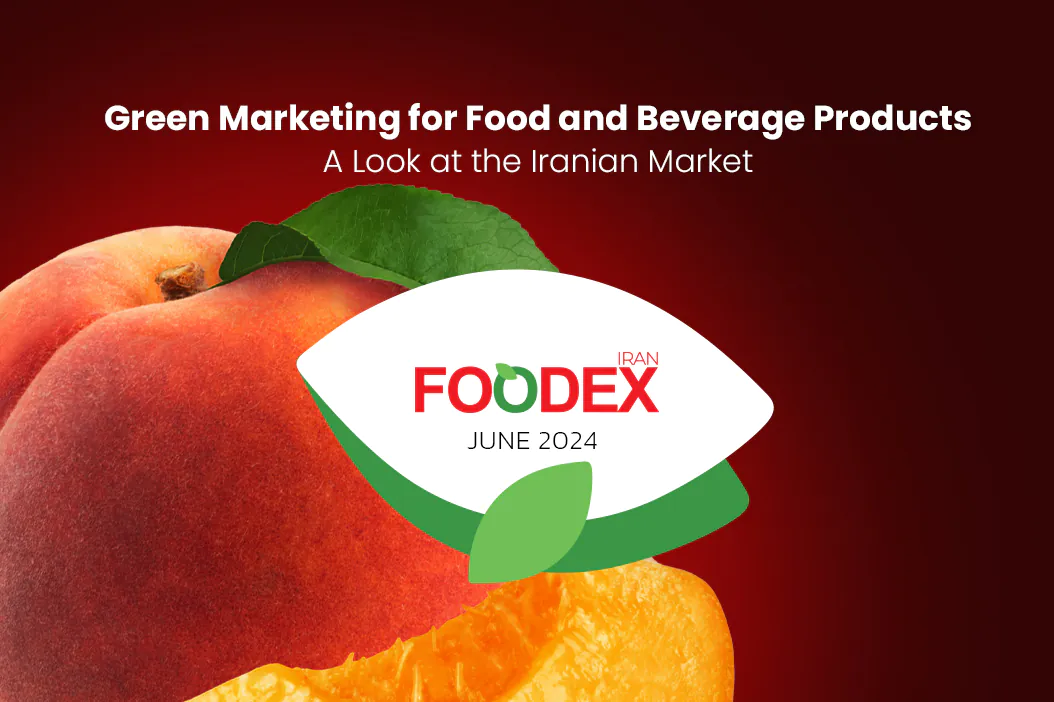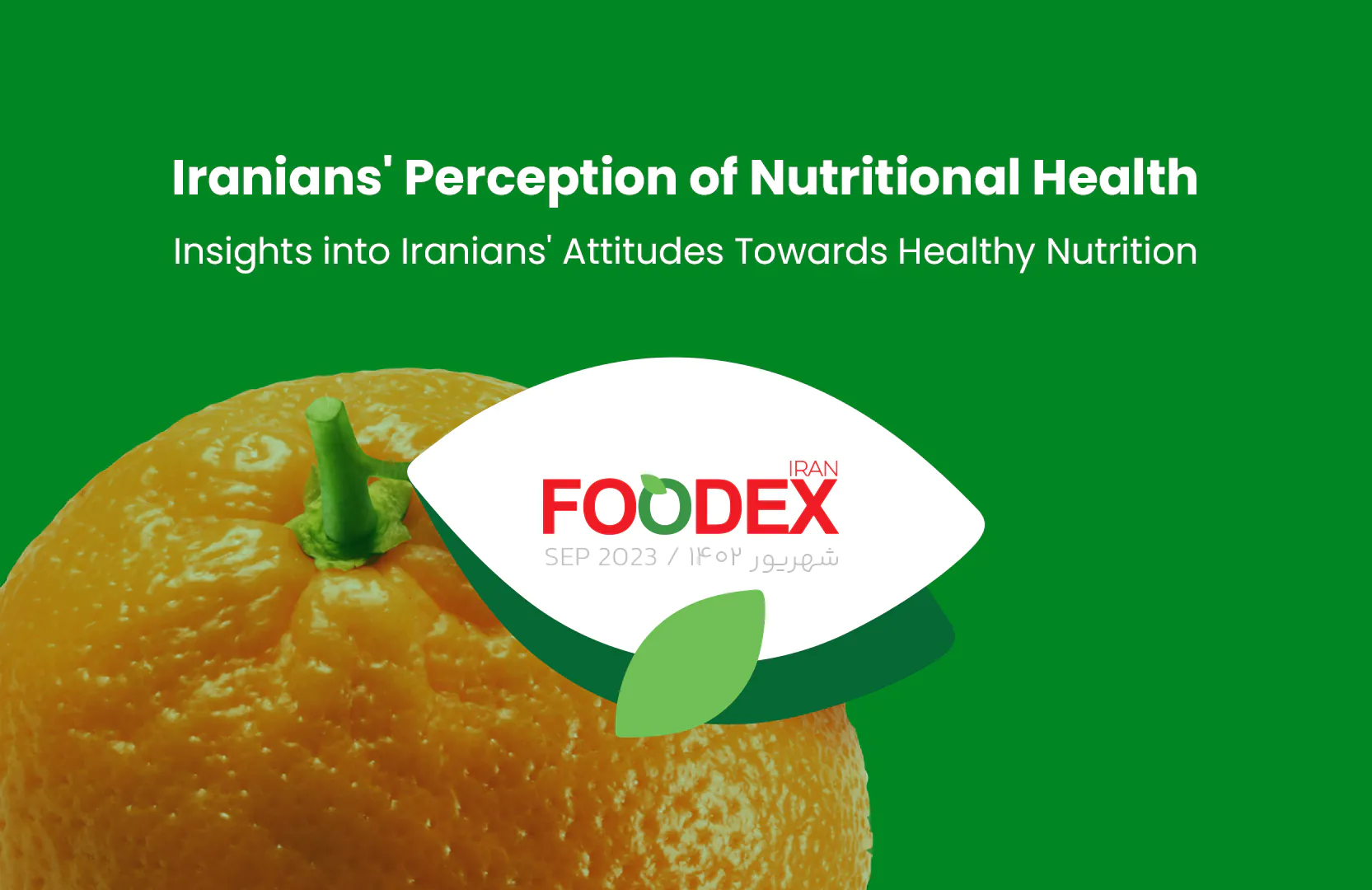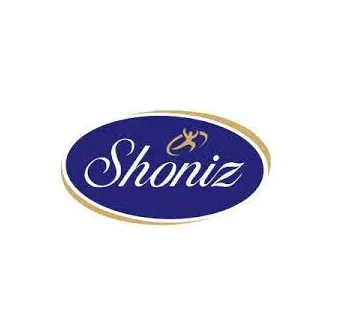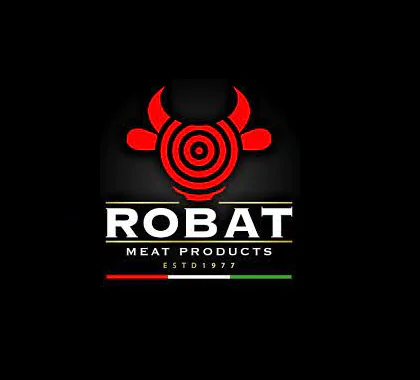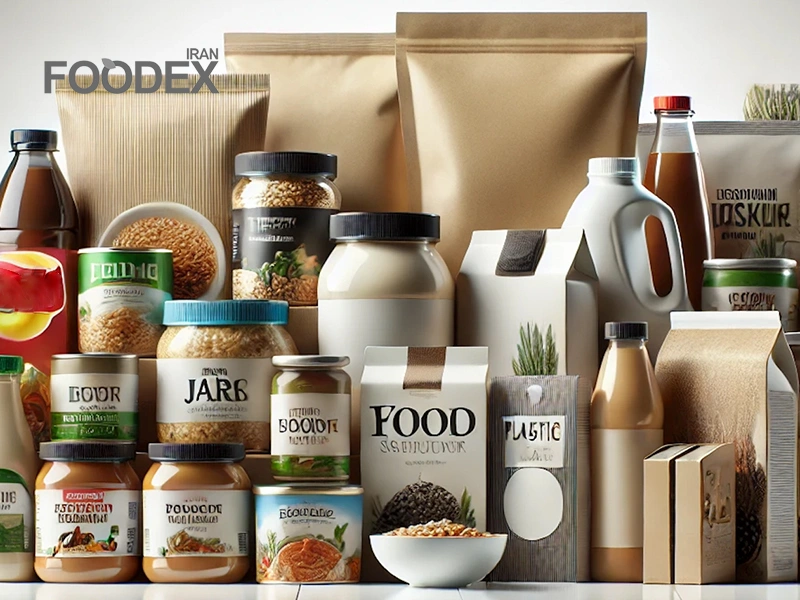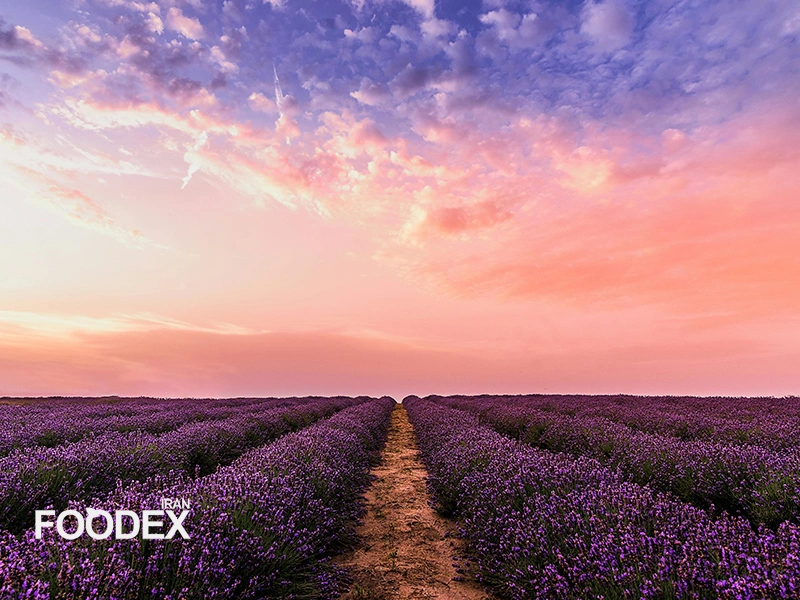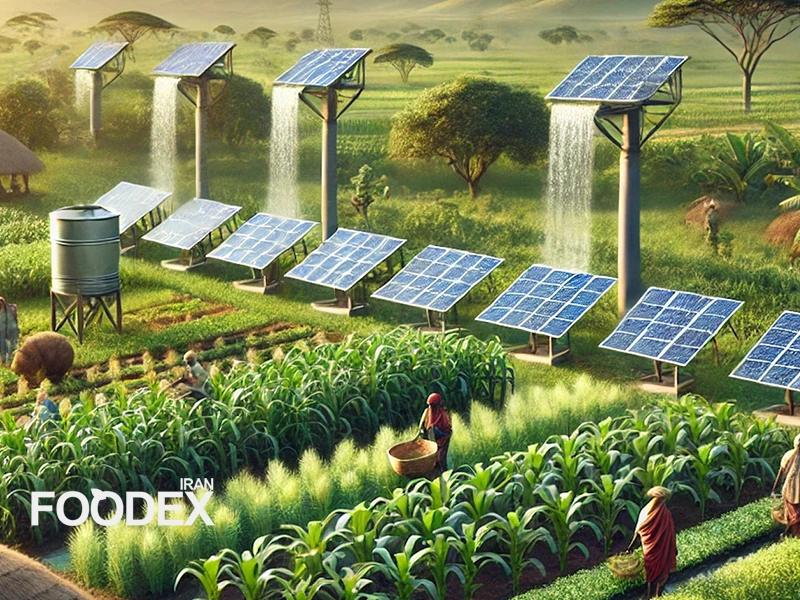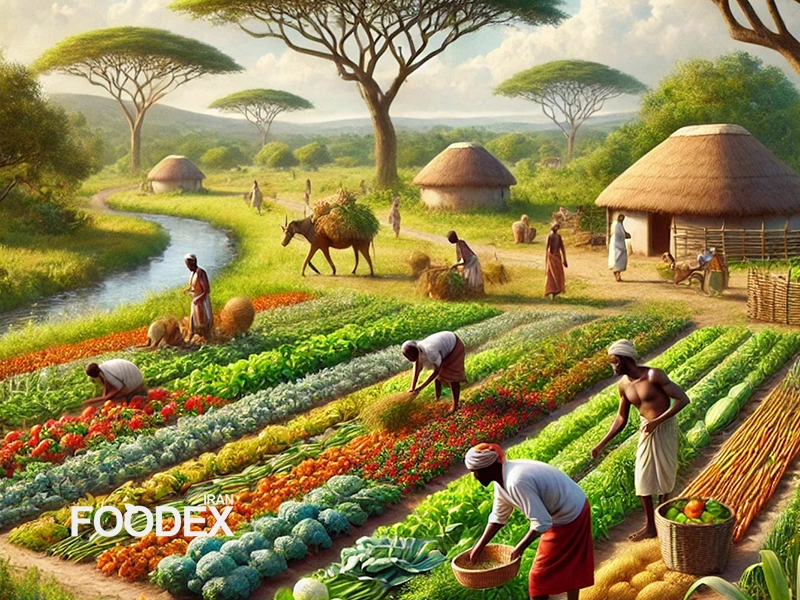The food industry has never been static, but one of the major challenges these days revolves around sustainable packaging. Food packaging is vital. It keeps food fresh and safe from contamination. However, conventional, unsustainable particularly single-use plastics-contributes greatly to waste in the environment. With increased awareness, the search for innovative ecological packaging solutions becomes a focus. This article reviews the latest trends in sustainable packaging and global innovations. It focuses on the food industry’s unique challenges, both local and global.
Section 1: Importance of Sustainable Packaging to Food Industry
Why Is Food Packaging So Important?
Food packaging is vital to the supply chain. It keeps fresh products safe. It also provides a branding and marketing opportunity. It’s not just about keeping food fresh; it’s about creating a trustable consumer experience.
This packaging began as a standard method. It is now a major environmental concern, especially single-use plastics. Plastic packaging is hard to recycle. This is true in Iran, which lacks the needed recycling infrastructure. All over the world, the push for sustainability solutions is becoming a priority that can no longer be bypassed.
The Environmental Impact of Non-Sustainable Packaging
Plastic packaging does not degrade. Tons of millions of plastic waste enter the oceans and natural ecosystems every year, affecting life and food chains. The World Health Organization says microplastics are tiny bits of broken-down plastics. They are increasingly found in our food and water. The crisis has forced governments, consumers, and the food industry to find eco-friendly alternatives.
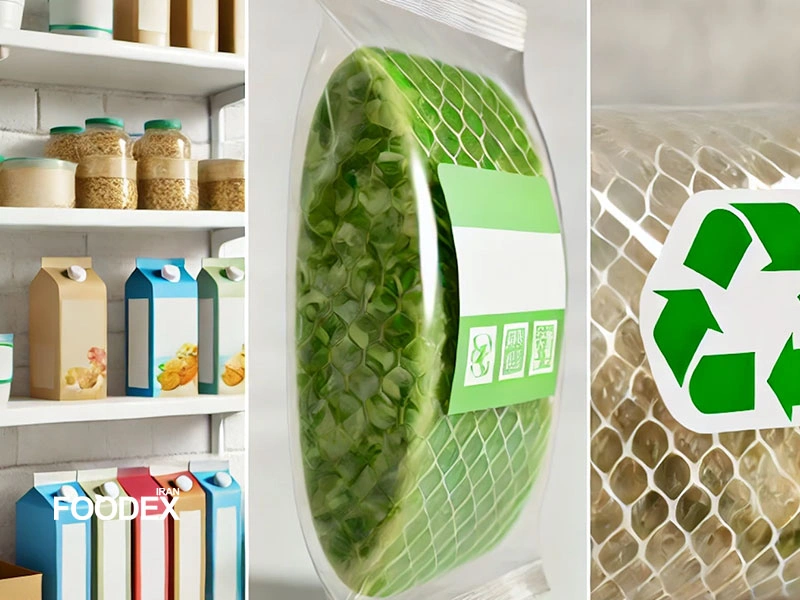
Section 2: Innovative Material for Sustainable Packaging
Bioplastics: Greener Alternati
Bioplastics are at the forefront of the innovation of sustainable packaging. Bioplastics, like PLA and PHA, are made from renewable feedstocks, like cornstarch, sugarcane, or algae. They are biodegradable and could replace conventional plastics.
Benefits
Biodegradability: It degrades much faster outdoors than conventional plastics. This reduces plastic waste.
Bioplastics come from renewable resources, mainly plants. Traditional plastics are made from fossil fuels.
Challenges
Higher Costs: Bioplastics are still more expensive to produce than traditional plastics.
Recycling Infrastructure: We need good systems to recycle or dispose of bioplastics.
Paper and Cardboard Packaging
Paper and cardboard are now popular alternatives to plastic in takeaway food packaging. They are much friendlier to the environment and easier to recycle.
Benefits
Highly Recyclable: Paper packaging is widely recycled. It supports environmental sustainability.
Cost-effective: Paper and cardboard products remain fairly cheap against any high-tech alternatives.
Disadvantages
Moisture Resistance: Paper needs coatings to protect it from moisture and grease. Sometimes, these hurt its eco-friendliness.
Limited Use: Some food commodities are too sensitive for paper packaging.
Edible and Compostable Packaging
Another game-changing innovation is edible packaging. These, made from seaweed, plant proteins, or sugars, can be eaten with
the product or composted. They leave no packaging waste.
Benefits
Zero Waste: The entire package is being consumed or composted and thus leaves no trace.
Eco-Conscious Consumers: This trend appeals to those worried about the environment.
Challenges
High Production Costs: Edible packaging remains very expensive in large-scale production.
Water Resistance: Current edible materials are less resilient than plastic. More research is needed to improve their durability and resistance.
Know more about
Green Marketing for Food Products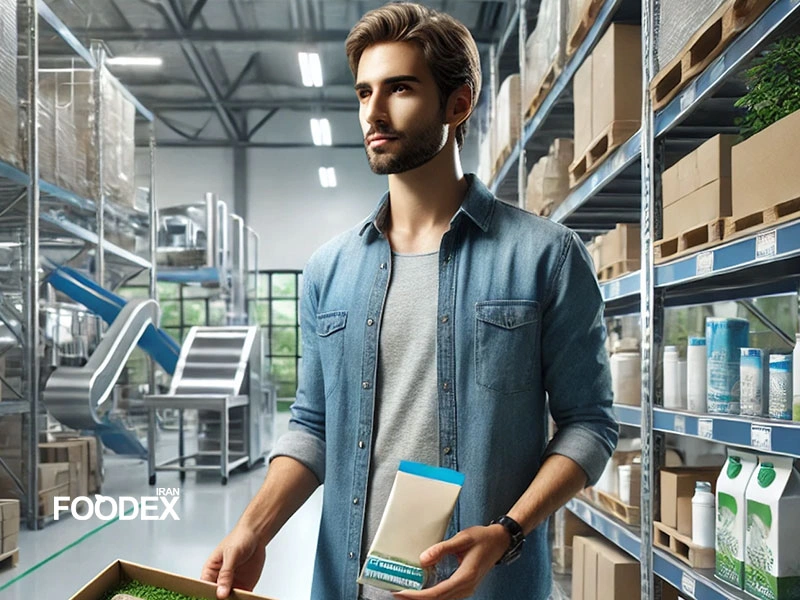
Section 3: Food Packaging Innovative Technologies
Smart Packaging: Future of Food Safety
Smart packaging has embedded sensors and digital tech into its design. It offers real-time data on the freshness and condition of food. Smart packaging-whether through a QR code or in-built sensor-indicates whether the product is still safe to eat, thus simplifying decision-making on the part of the consumer with greater transparency.
Real-Time Tracking: Helps track freshness for longer shelf life of a product and reduction of food wastage.
Consumer Information: More detailed information on origin, expiration, and storage tips can be conveyed through QR codes.
Active Packaging: Extending Shelf Life
Active packaging is beyond mere protection; it is one that interacts with the food to prolong its life. Such packages can absorb excess moisture or oxygen, or even release antimicrobial agents to slow down spoilage.
Benefits: Extends freshness and reduces waste.
Usage: Common in perishable items like fresh produce, dairy, and meat.
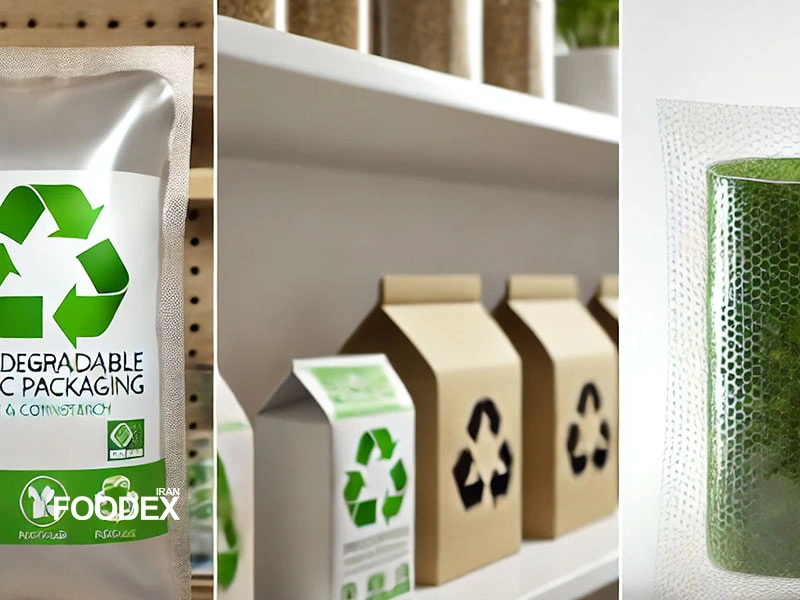
Section 4: Global Solutions for Sustainable Packaging in Iran
Sustainable packaging in Iran is elitist and complicated, with limited recycling facilities. However, several Iranian companies are starting to use innovative and eco-friendly materials and methods for packaging.
Government’s Role
The most effective driver for sustainable practices is the government. The policies that encourage businesses to adapt to sustainable packaging solutions, along with financial support, will be needed.
Incentives: Financial support for those companies that would shift to green packaging.
Regulations: Bringing in strict rules to lessen the quantity of harmful packaging used.
Iranian Startups Leading the Way
A few Iranian startups now make their products in eco-friendly packaging. These firms are part of companies that inspire and solve for other businesses. They aim to meet the growing demand for sustainability.
Conclusion
Food packaging innovation now aims to protect the environment, too. It’s no longer just about product safety. The future promises many sustainable solutions, from bioplastics to smart, active packaging. They will help reduce waste and ensure food safety. For Iranian and international food firms, embracing these innovations is their ticket to competitiveness and a greener future.
Sources
FoodNavigator – Smart Packaging Insights
FoodNavigator-Comprehensive reports on sustainable packaging innovations
FAO- Food and Agriculture Organization of United Nations
WHO- World Health Organization
Ehsan Allahverdi
Foodex Iran Executive Manager
Marketing Consultant for Premium Food & Beverage Brands
website | linkedin

